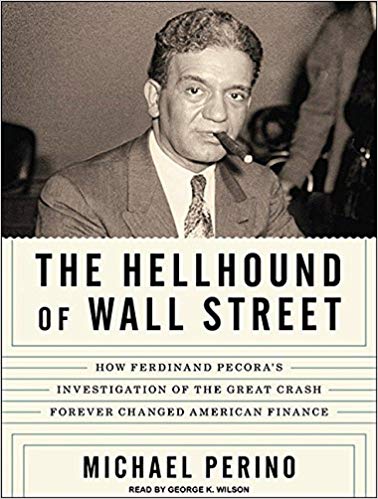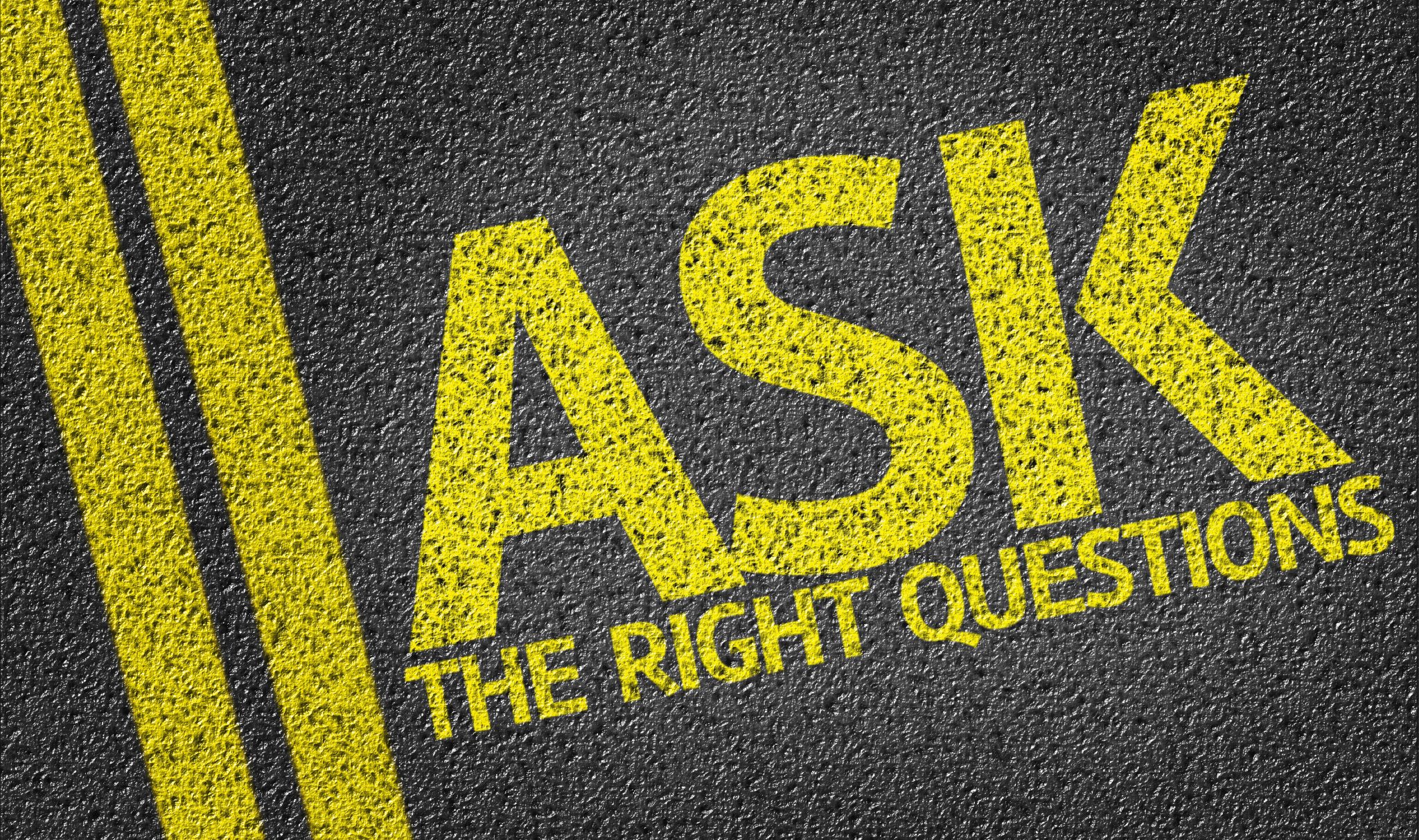What are the risks of relying on dividends for retirement income? Like most things used in moderation there isn’t anything wrong with dividends, or the stocks that pay them. In fact, higher-dividend paying stocks are usually older, established, and strong companies. They can be good components of retirement income plans and help provide some diversification in investment portfolios.
The risk comes in their application, and the popular strategy of loading up on dividend paying stocks exposes retirees to more risk than they usually realize.
What are Dividends?
Dividends are payments to shareholders from the firm’s earnings. The company’s earnings belong to the shareholders. Cash dividends are one way that you receive those earnings.
You would own those earnings whether they were paid out to you or retained by the company to reinvest internally. Receiving a dividend then is simply receipt of your own money. Just like writing yourself a check out of your checking account.
What Aren’t Dividends?
Extra return. A lot of times investors that rely on dividend paying stocks for retirement income miss a key point. Dividends aren’t extra return. Stock returns are comprised of two basic elements:
- Capital Appreciation/Depreciation – Changes in the stocks price from the previous price. For a $40 stock, the price may increase to $44. This represents a 10% capital gain. If the price drops to $36 from $40, that is a 10% capital loss.
- Dividends – cash distributions to shareholders.
But Renfro, you said dividends aren’t extra?? That’s right, and I’m glad you are paying attention.
When a stock pays a dividend, the stock price drops by the amount of the dividend. Again, the money that is funding the dividend already belonged to you. When the firm pays it out there is now less value held by the firm. Since that value is known – cash is the gold standard after all – then the drop in value is precisely that amount.
This is important to understand as it relates to reported return data.
Total Return
Historical return data is usually presented on a total return basis. This means that the year-over-year return accounts for changes in the stock price, plus any dividends. From a theoretical perspective, this makes sense. Since shareholders own the firm, an increase in the value of the firm’s shares or a cash payment both represent changes in the firms value.
It’s also important to understand how several successive years of total return data incorporates cash dividends. TOTAL RETURN ASSUMES THAT ALL DIVIDENDS ARE REINVESTED.
As an example, lets look at that $40 stock. If the share price goes up to $44, you get a 10% return. That is simple enough.
But what about a $4 dividend? You received this as cash. You may have spent it, left it to sit in your account, or reinvested it either in the company that paid it or in another company.
Would it make sense then to say your gain is 10% ? Of course not. Since the share price also dropped by $4, you haven’t really gained anything.
If we simply ignored the dividend, then there would be no difference in the performance of a company with a 10% price gain that did pay a dividend, and one that had a 10% gain but didn’t pay a dividend. Clearly, those are two very different scenarios.
Should we call it a 20% return? A 10% price gain plus a 10% dividend is 20% after all. That doesn’t really work either. Since total return assumes dividends are reinvested this wouldn’t account for any growth on the dividend.
Reinvested Dividends
How do we incorporate the dividend reinvestment assumption into the calculation? I’ll simplify this significantly, but provide enough for you to understand the effect.
Lets say you have that $40 stock and receive a $4 dividend that you reinvest in the stock. You would have a $36 stock, plus another .11 shares because you reinvested the dividend into an additional fractional share. ($4 buys 4/36 of a share at the new price of $36.)
Your total holdings would be 1.11 shares.
Now say the value of the stock rises to $44. I want to stress that this is a simplification, but its enough for you to get the point.
You have 1.11 shares worth $44 each. That is a total of $48.84. Your investment in the stock was $40. The gain is $8.84 on $40.
That is a 22% return, and is the reported return that you see.
The actual calculation is more technical, and I implicitly assumed the dividend was paid on the first day of the year, but the concept is what you need to takeaway here.
Using Dividends for Retirement Income
Now lets circle back to our original thought. What are the risks of relying on dividends for retirement income?
Effect on Return
The first issue that you need be aware of is effect on return. Remember the reported return, particularly with major indexes such as the S&P 500, is usually the total return.
Remember I said dividends don’t represent anything extra? They are already accounted for in the reported returns. From our example above you would be very wrong to say “My stock earned 22% and I received a 10% dividend.” However, many people interpret the dividend strategy that way, effectively double-counting the dividend.
Notice that spending dividends means there isn’t any reinvesting. Dividend reinvestment counts for a good portion of long-run equity returns. If you aren’t reinvesting dividends, your portfolio growth will be slower going forward.
With the same example, lets say you don’t reinvest the dividend. You have 1 share worth $44 plus $4 in cash. That is a total of $48 dollars in value from an original investment of $40. That is a 20% return.
The difference in the following year?
If you reinvest the dividend you have $48.84 in the stock. When you don’t, then you have $44 (Plus $4 in cash at home.). If the next year return is 10% again then you would have:
- The $48.84 would grow to $53.72.
- The $44 would grow to $48.40.
The difference is $5.32. Remember, you only took $4 in cash from the portfolio when you didn’t reinvest the dividend. The reinvested dividend is really driving total return.
What about Diversification?
The problem with choosing to invest only, or significantly, in stocks with large dividends is that you will naturally concentrate your portfolio. The issue here is with diversification and the ability to have a portfolio that can sustain itself for the duration of your retirement.
Large cap stocks tend to have much higher dividends than stocks from smaller companies. If you are choosing stocks only for their dividend then you likely have a lot of large-cap value stocks. You will most likely leave out many other asset classes.
Unfortunately, this means that you will miss out on enhanced return and diversification that the other asset classes provide. Many of the academic studies on retirement income and managing portfolios for retirement income note that incomes tend to rise and portfolios tend to last longer when smaller stocks are included in the portfolio.
What if Dividends are Cut?
Dividends come from earnings. What happens to dividends when a company’s earnings suffer?
Most company’s will be VERY RELUCTANT to cut dividends because they don’t want to signal that they are hurting. That’s good for dividend investors because companies are very motivated to continue, or even increase, dividends. However, that isn’t always possible.
In a major market downtown or recession corporate profits and cashflows will suffer. In times like these, corporations will be pinched and dividend cuts may be unavoidable. What makes this problem even worse is you’ll be exposed to a dividend cut at the absolute worst time.
If you’re investment strategy relies too much on dividends, the results could be disastrous.
Combined Effect on Return and Diversification?
The combination of both of the effects above is:
- Your portfolio is concentrated in a smaller segment of the total market. You don’t have the diversification of other asset classes, nor the enhanced return that other asset classes can provide.
- You are then choking off that concentrated portfolio by spending a key component of your investment return.
Does that Mean I Shouldn’t Invest in Dividend Stocks?
No, it doesn’t mean that at all. The point is simply that dividends do not provide any extra benefit, so there isn’t any need to expose yourself to increased risk in order to get them. Holding only dividend-paying stocks in your retirement income portfolio is not the safest or most effective means for retirement income.
How are you supposed to generate cash for income then?
Selling Stocks to Get Cash
If you don’t receive dividends you will have to sell a portion of your portfolio to take a cash withdrawal. There isn’t anything wrong with that either. The point here is that one way or the other you will be taking a distribution from your portfolio. There are two distinct advantages to managing your portfolio from a total return perspective, instead of JUST dividends:
Timing
One of the benefits of selling shares is that you get to decide when to do that. You don’t have a choice when it comes to dividends. You receive dividends when they are paid.
Taxes
Assuming you are in a tax-advantaged account such as an IRA or Roth IRA, the difference between dividends and capital gains is trivial. In taxable accounts though, the after-tax values could differ considerably. Capital gains may have favorable tax treatment. Long-term capital gains are taxed at lower rates than non-qualified dividends. You also have the option of off-setting capital gains by strategically taking capital losses.
Relying on Dividends for Retirement Income
Again, the point here isn’t to deter you from investing in dividend-paying stocks. Like any investment decision, it is important to think about the relative risk.
The question to ask yourself is… Does this decision expose me to greater risk than the value it provides?
Relying on dividends for retirement income is not likely the best way to achieve your income goals within a given risk limit.
Is your retirement too dependent on dividends? Want to make sure you have enough income in retirement without an over-reliance on dividends?
To get help with a plan and make sure you are able to retire comfortably contact me at [email protected] or 903-471-0624 and we will get started.







